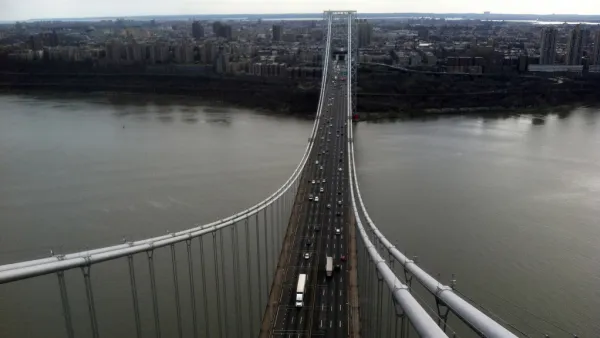The stimulus package is jump-starting smart grid projects, says Jay Birnbaum, Senior Vice President of CURRENT Group.
Chuck Conconi is the host of online video series Focus Washington. He interviewed Birnbaum last week.
"Chuck Conconi: I'm going to ask you to be a little bit technical at this particular point. Summarize the key provisions for the Department of energy's proposed outlines for this.
Jay Birnbaum: Well the stimulus package actually broke down the Smart Grid funding into two separate groups. One group, one category if you will, has $615 million set aside for smart grid demonstration projects. The department have defined these as projects that are new, that are sort of novel technologies or novel applications of existing technologies. And then there is a second category, which is much larger and which is almost $3.4 billion. That money is for commercial deployment of Smart Grid technologies, much like what we are already doing in Boulder and in other locations. Now the utilities would go and deploy previously deployed or previously existing commercial technology.
Chuck Conconi: Any problems you've noticed in the DOE proposed plans for this?
Jay Birnbaum: No problems necessarily. Again I think they did a very good job in trying to incorporate a lot of different utility visions of how to do Smart Grid. Their proposed criteria give utilities a lot of flexibility in types of projects they can propose. One constraint is time. You have to have the money spent within two years or you can't use it any longer. And another issue is benefits. The department is looking for projects that will create a large number of benefits, such as environmental benefits, job creation, reducing electricity costs, integrating renewable energy resources, and what is called distributive energy resources, likes the solar panels on your roof. So they are trying to incorporate a large number of different applications and that's what the utility companies have to design their plans to fit within."
FULL STORY: CURRENT Group's Jay Birnbaum, Smart Grid Stimulus Plan

Analysis: Cybertruck Fatality Rate Far Exceeds That of Ford Pinto
The Tesla Cybertruck was recalled seven times last year.

National Parks Layoffs Will Cause Communities to Lose Billions
Thousands of essential park workers were laid off this week, just before the busy spring break season.

Retro-silient?: America’s First “Eco-burb,” The Woodlands Turns 50
A master-planned community north of Houston offers lessons on green infrastructure and resilient design, but falls short of its founder’s lofty affordability and walkability goals.

Test News Post 1
This is a summary

Analysis: Cybertruck Fatality Rate Far Exceeds That of Ford Pinto
The Tesla Cybertruck was recalled seven times last year.

Test News Headline 46
Test for the image on the front page.
Urban Design for Planners 1: Software Tools
This six-course series explores essential urban design concepts using open source software and equips planners with the tools they need to participate fully in the urban design process.
Planning for Universal Design
Learn the tools for implementing Universal Design in planning regulations.
EMC Planning Group, Inc.
Planetizen
Planetizen
Mpact (formerly Rail~Volution)
Great Falls Development Authority, Inc.
HUDs Office of Policy Development and Research
NYU Wagner Graduate School of Public Service




























